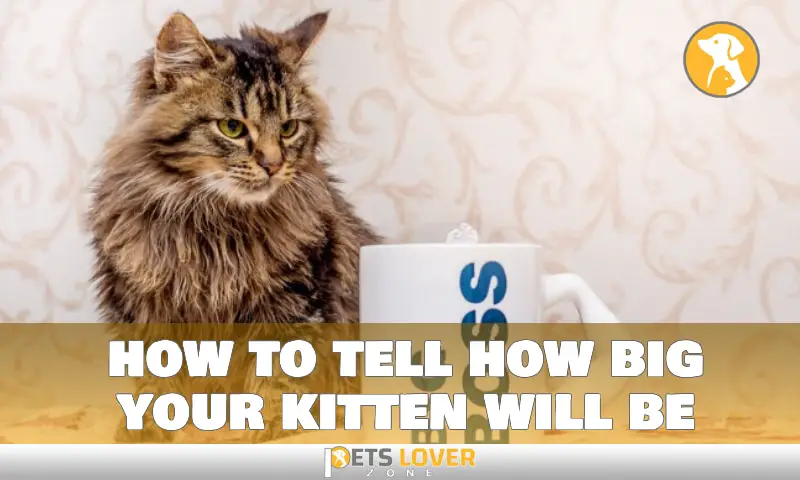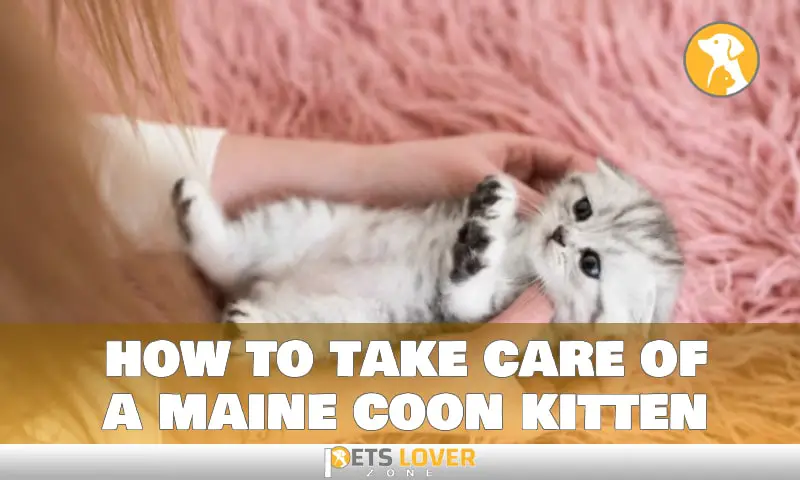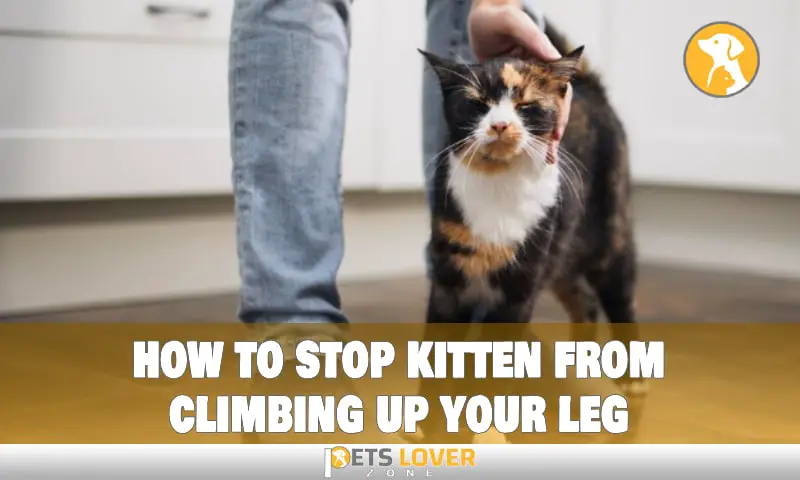Giving a kitten an enema can be a daunting task, but it’s important to know how to do it safely and effectively.
Enemas are commonly used for kittens to help them eliminate toxins or debris from their intestines. They can also be used to help cats who are constipated or are having difficulty urinating due to blockages.
It’s important to take the right steps when giving your kitten an enema. You’ll need the right supplies, follow safety protocols, and be prepared for potential emergencies. This guide will provide you with all of the information you need to give your kitten an enema safely and effectively.
You’ll learn how to gather the necessary supplies, prepare them properly, position your kitten correctly during the procedure, administer the enema correctly, and identify signs of distress during the procedure. With this guide in hand, you’ll be able to confidently and safely give your kitten an enema in no time.
Why You May Need to Give a Kitten an Enema
Kittens are prone to a variety of intestinal problems, such as intestinal parasites, impaction, and obstruction. In some cases, a kitten may need to be given an enema as a means of softening and evacuating hardened fecal material or to help remove accumulated gas from the digestive tract.
But used incorrectly (or too often), enemas can be dangerous for your kitten, so it’s important to understand why and when you might need to give your pet an enema and how to do it safely and effectively.
It’s important to note that you should always consult your veterinarian before trying any at-home remedies. Your vet can determine if an enema is necessary and provide instructions on how to safely complete the procedure.
Preparing the Necessary Supplies for a Kitten Enema
Giving a kitten an enema can be an intimidating task for any cat parent, but with the right supplies, it can be accomplished safely and effectively. Firstly, it’s important to note that Fleet enemas, which are available over-the-counter at most drug stores, should not be used on cats as they contain ingredients like sodium phosphate and detergent, which can cause harm to your pet.
Luckily, there are several commercially available cat enema products that are designed especially for cats. Perhaps the most well-known of these is Pet-Ema Feline, a disposable enema that comes in a single-use packet and can be purchased at Walmart or via Amazon. This product is specifically designed for cats and is formulated with a non-irritating solution that’s safe for your pet’s delicate system.
Choosing an Enema Solution for Kittens
When administering an enema to a kitten, it’s important to choose the right solution. Warm water is a good option, as it’s generally safe and won’t cause more discomfort than necessary. Saline solutions can also be used, but they should not contain any preservatives like sodium bisulfite, which can be toxic for cats. Water-based lubricants can also be used as a safe enema solution, but they should only be added in small amounts (no more than 2 tablespoons) and mixed with warm water.
Fleet enemas are not recommended for cats, and any type of soap should not be used in large quantities as it can cause irritation or allergic reactions. Mineral oil is another option, but it should only be used once every two to three weeks due to its potentially dangerous side effects when used frequently.
Mild soaps such as Dove or Cetaphil are safe for cats when mixed with warm water and added to the enema solution, as they contain lactulose or polyethylene glycol 3350 (PEG 3350). Both of these solutions help soften the stool, making them effective for cases of constipation. The amount of each should not exceed 2 tablespoons per 1 liter of water and should be discussed with a vet before use.
Preparing the Enema Solution and Kitten

When giving a kitten an enema, it is important to prepare the solution and the kitten properly. Before administering the enema, mix the solution according to the manufacturer’s instructions and make sure it is warm. It’s also important to make sure that both the equipment and your hands are clean.
The enema solution should be specifically prepared for cats and contain dioctyl sodium sulfosuccinate in glycerine. Other ingredients may include warm water, lubrication, mild soap, mineral oil, lactulose, or phosphate-containing solutions.
Before giving your kitten an enema, it is important to get them comfortable and relaxed. Wrap them gently in a towel or blanket and talk in a reassuring tone of voice before administering the enema. If possible, have someone else help you hold your kitten during this process to ensure they remain calm throughout.
Administering the Enema to a Kitten
Administering an enema to a kitten requires diligence and gentleness. The enema should be inserted 2-3 inches into the rectum of the kitten using a lubricated 10-12 French feeding tube. Carefully push the tube in and pull it out at a slow, continuous rate.
The enema should be administered slowly with half the syringe of water mixture or one 6-cc Pet-Ema. Monitor your kitten’s behavior at all times during the process, including looking for signs such as restlessness or discomfort. If your kitten experiences any distress, immediately stop administering and contact your vet for further instructions.
Assembling the Necessary Enema Equipment
Once you have the needed supplies, it’s time to assemble the enema equipment. This task can be a bit daunting at first, but once you get the hang of it, you’ll be able to do it in no time.
A syringe or Feeding Tube and Syringe
For this method, use a 20cc syringe to attach a syringe or feeding tube to your chosen enema solution. Then simply fill the syringe with your solution, insert the tubing into the kitten’s rectum, and slowly push the plunger to administer the enema.
Enema Buckets and Kits
Enema buckets and kits typically include a 5.2ft silicone hose, 5 enema tips, and a controllable flow valve for adjusting and controlling the flow of liquid. To use this type of enema kit, start by attaching your chosen enema solution to the hose, then attach one of the five available tips to the other end of the hose. Before inserting it into the kitten’s rectum, make sure that you lubricate it using vegetable oil or petroleum jelly. The tip should then be carefully inserted into the kitten’s rectum to begin administering the enema solution.
By assembling all necessary equipment correctly before administering an enema to your kitten, you can ensure that everything runs smoothly and that your little furball is as safe and comfortable as possible during this procedure.
Lubricating the Enema Tip
Before you insert the enema tip into your kitten’s anus, it’s important to make sure it’s properly lubricated. This will ensure the process is as comfortable as possible for your pet and help prevent any potential tears or irritation.
There are several different lubricants you can use, including:
- Any good quality oil, such as coconut oil, olive oil, or sesame seed oil, can be used to lubricate the nozzle.
- Petroleum jelly or another appropriate lubricant can be applied to the anus to make insertion easier.
- Super Salve is an all-natural nozzle lubricant specifically designed for home enemas. It contains ingredients like olive oil, beeswax, and cocoa butter which create a slick surface that helps the enema tip slide in smoothly.
Whichever product you choose, make sure it’s safe for your kitten and is applied liberally before inserting the enema tip.
Gently Inserting the Enema Tip
Inserting the enema tip into your kitten is the last step before dispensing the liquid solution. It’s important to remember to do this part gently, as kittens are delicate creatures that cannot tolerate too much pressure.
Here are some tips for inserting the enema tip:
- Insert the enema tip at an angle pointing towards your kitten’s navel.
- Use a slight side-to-side movement to ease insertion if necessary, taking care not to puncture or tear your kitten’s rectal wall.
- Lubricate the exterior of the enema tube with a water-soluble lubricant before insertion. This will help minimize discomfort during insertion and will also help reduce the risk of tearing or puncturing the rectal wall.
Aftercare and Potential Complications From a Kitten Enema
After a kitten has been given an enema, there are a few steps you can take to ensure they are healthy and comfortable. It is important to watch your kitten closely after the procedure, as side effects such as diarrhea can occur. If your kitten experiences any of these symptoms, seek medical advice from a veterinarian.
It is also important to monitor how often your kitten defecates over the next few days, as constipation can be dangerous for cats. If your kitten still appears uncomfortable or is not having regular bowel movements, it’s best to consult with a vet for further advice.
Finally, it’s essential that you do not attempt to give a kitten an enema unless advised to do so by a veterinarian. Enemas should only be administered with the proper equipment and knowledge in order to prevent any complications from occurring.
Conclusion
Properly administering an enema to a kitten can help alleviate their discomfort and aid in their recovery from constipation or impacted bowels. By following the above steps, you can ensure your kitten receives the best care and improve their overall health. Be sure to have an emergency plan in case any issues arise, and always follow your veterinarian’s instructions when giving your kitten an enema. With your help, your kitten can feel better and get back to being their playful and mischievous selves!






